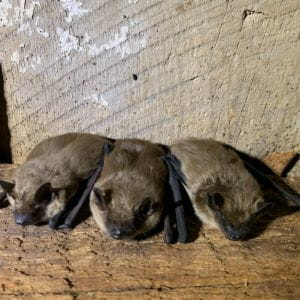 |
Big Brown Bat (Eptesicus fuscus) Big brown bats range widely across North America. They have exceptional physiology that allows them to hibernate for long cold winters, even in Canada's most arid habitats. On warm winter nights you might see these bats out for a cruise. Photo credit: Paul Cryan |
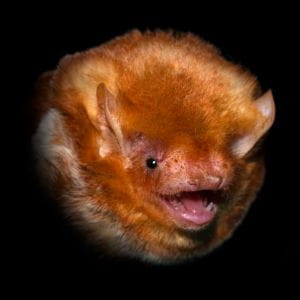 |
Eastern Red Bat (Lasiurus borealis) These brightly-coloured bats are still a mystery in this part of Canada. They roost in trees to blend in with foliage, sometimes hanging out with up to four pups under their wings! In the winter, they migrate into the U.S. and hibernate under leaf litter. Species At Risk Act - Endangered - under consideration Photo credit: Josh Christiansen |
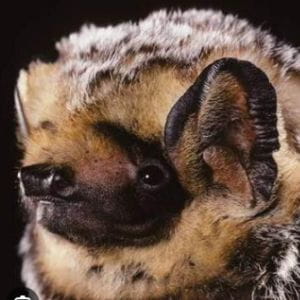 |
Hoary Bat (Lasiurus cinereus) Hoary bats are the largest bats in Canada. They migrate long distances to spend their winters in southern US or Mexico. Species At Risk Act - Endangered - under consideration Photo credit: Photobank |
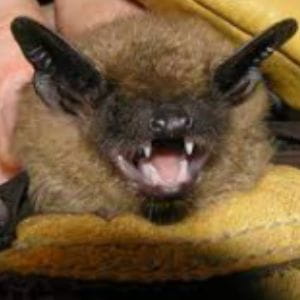 |
Northern Long-eared Bat (Myotis septentrionalis) This endangered bat usually lives in Saskatchewan's boreal forest. They hunt by catching prey off plants. Unfortunately, about 90 per cent of North America’s long-eared bats have been lost due to white-nose syndrome and habitat destruction. Species At Risk Act - Endangered Photo credit: Photobank |
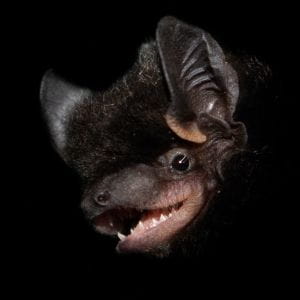 |
Silver-haired Bat (Lasionycteris noctivagans) Silver-haired bats prefer forest habitats, but you can also find them in cities across the prairies. They migrate to warmer climates in the winter. Species At Risk Act - Endangered - under consideration Photo credit: Josh Christiansen |
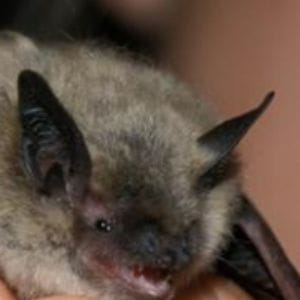 |
Western Small-footed Bat (Myotis ciliolabrum) Saskatchewan’s smallest bat roosts in rock crevices, erosion cavities and under rocks. Photo credit: Photobank |
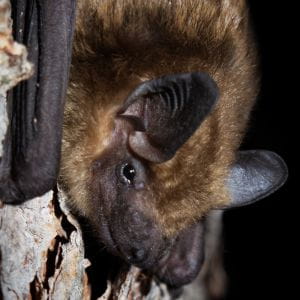 |
Little Brown Bat (Myotis lucifugus) Although a widespread species in North America, the little brown is listed as Endangered. Elsewhere, they hibernate in large groups in mines and caves, but there are no known hibernacula locations in Saskatchewan yet. Species At Risk Act - Endangered Photo credit: Josh Christiansen |
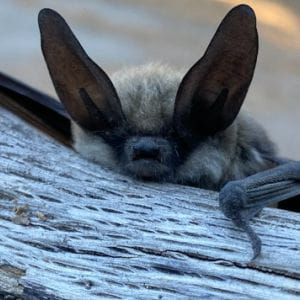 |
Long-eared Bat (Myotis evotis) These manoeuvrable flyers roost low to the ground in tree stumps, under rocks and in crevices. When it's cold they glean insects off rocks to save energy. Photo credit: Pinnacles National Park |
